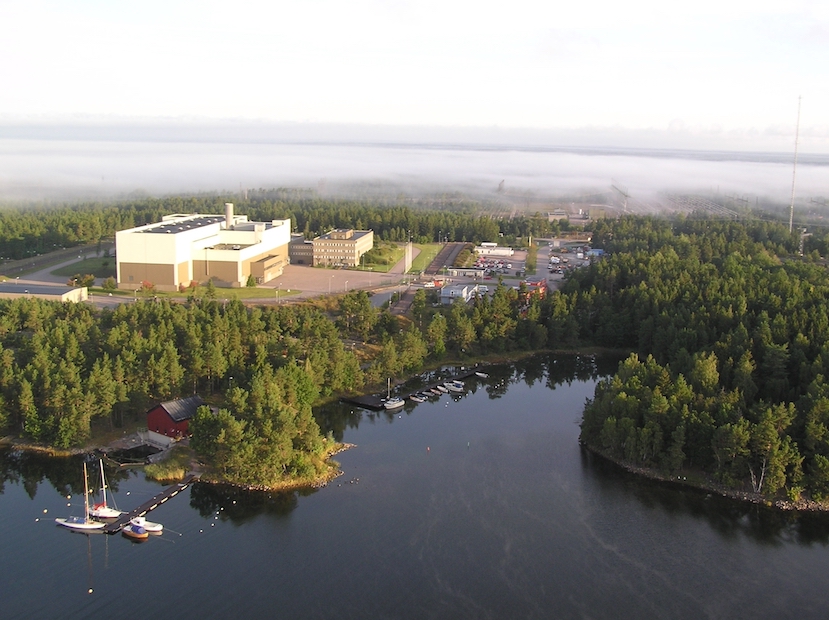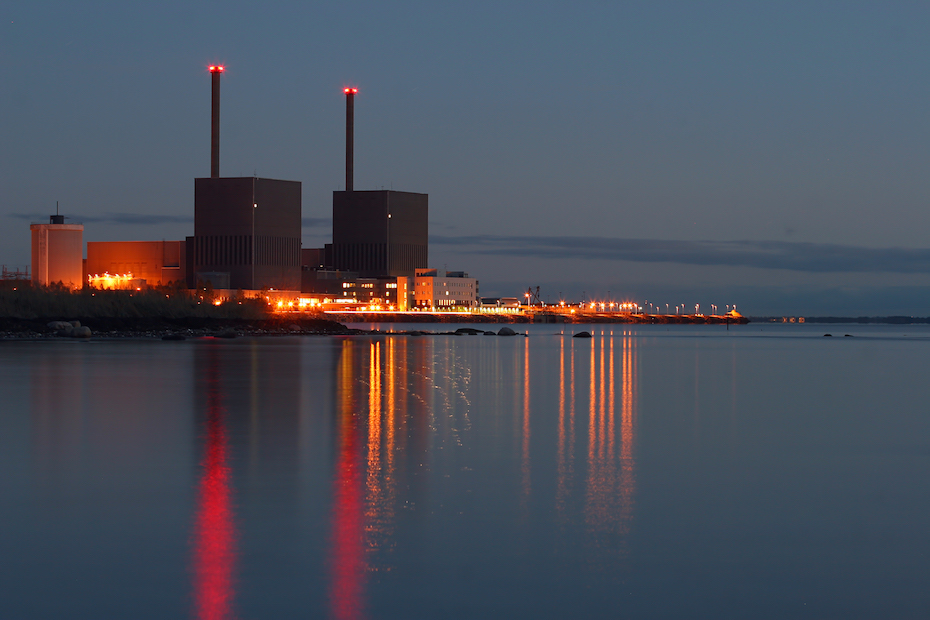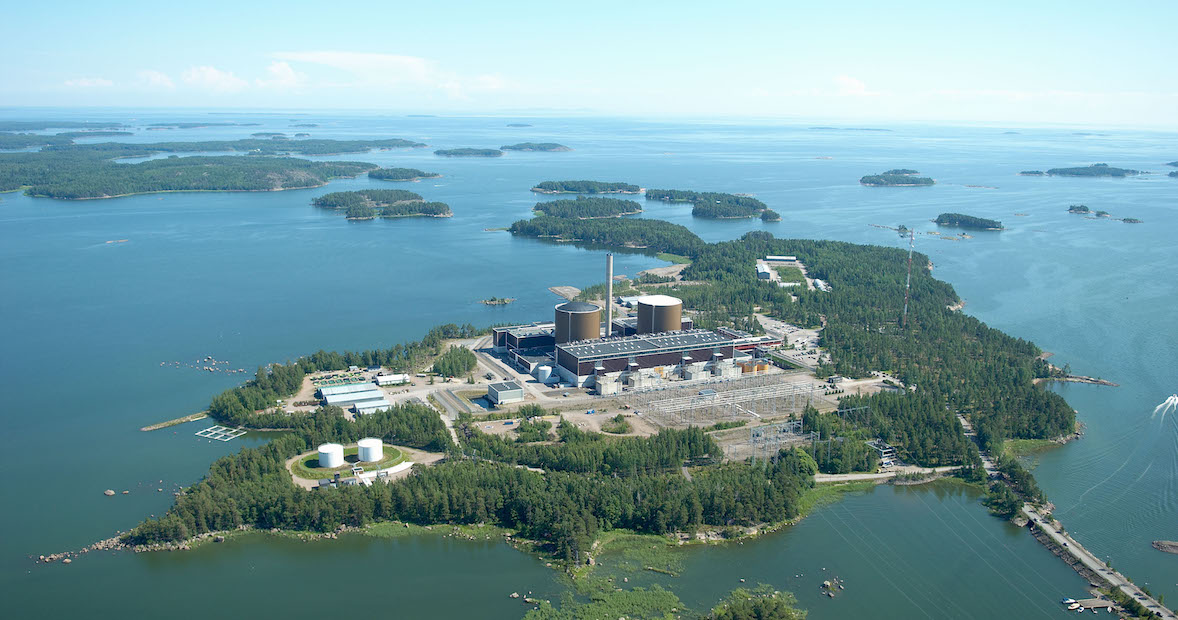Björn Brickstad, PhD, Analyst, Special Strength of Materials, SSM, Swedish Radiation Safety Authority

“The reason why I and my colleague, Mr. Peter Merck, decided to participate in the Nuclear Cranes Seminar was the need to update the Swedish rules and regulations concerning cranes and lifting devices in nuclear power plants. According to the SSM regulations regarding mechanical components, all parts should be designed to perform their intended function and to ensure that failure in a single component does not lead to failure of the system.”
Björn Brickstad says that there are no special references or instructions on lifting devices in nuclear plants.
“We either have to adapt our own existing guidelines or we should design new regulations. The scope includes cranes in existing nuclear power plants as well as new cranes in fuel waste storages. SSM will make a survey of the existing international rules and we will analyse standards for manufacturing, classification and inspection of lifting devices. The single failure criterion is already introduced for pressure vessels.”
The work will take a couple of years. SSM has initiated discussions with Inspecta, the Nordic CIT (Certification, Inspection and Testing) group, to assist with a survey of the existing regulations, both international and Swedish.
“We are aware that German KTA standards are used in both Swedish and Finnish nuclear power plants. It is not satisfactory that SSM lacks rules for manufacturing, design and regular inspection of lifting devices.”
Björn says that similar technical problems often reoccur although the overall number of incidents is very low.
“A failure register would be very useful to prevent safety risks. For pressure vessels we have access to information about accidents and damages, but not for cranes. This would need cooperation between the NPP operators.”
Björn and Peter regard the KIKA seminar and the new international contacts as a good starting point for the task to establish a new competence of lifting devices within SSM.
“Together with the planned survey we will have a good foundation for the future work.”








